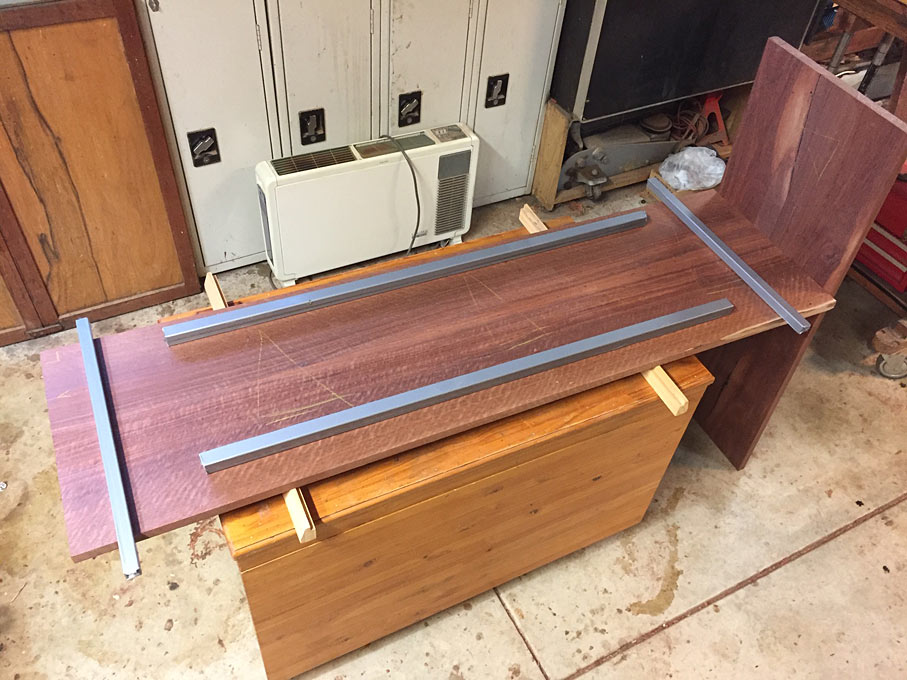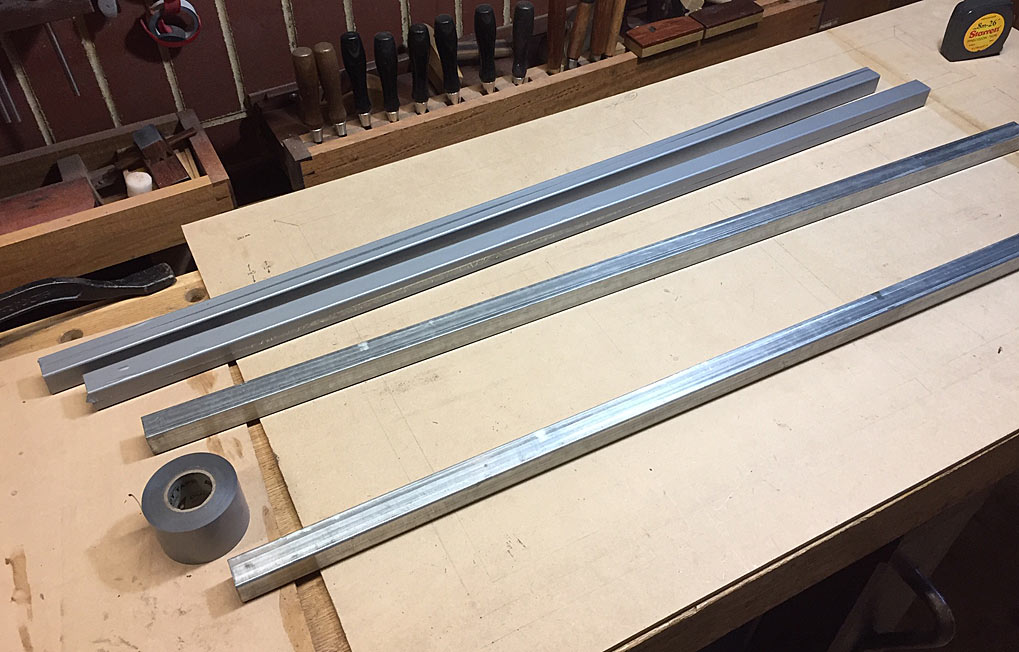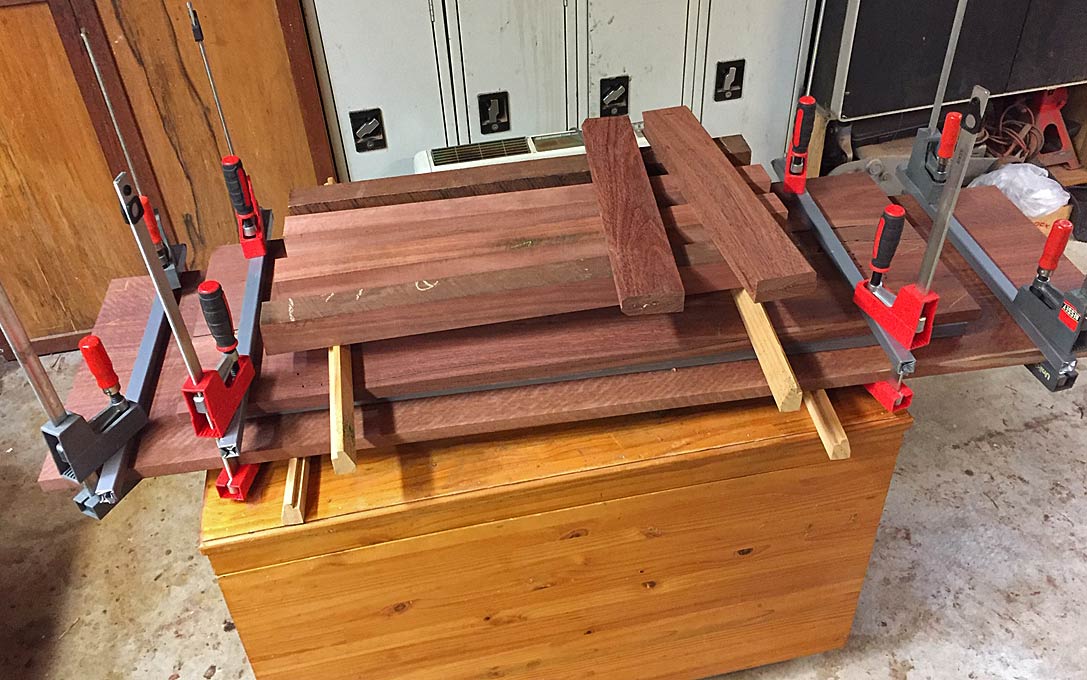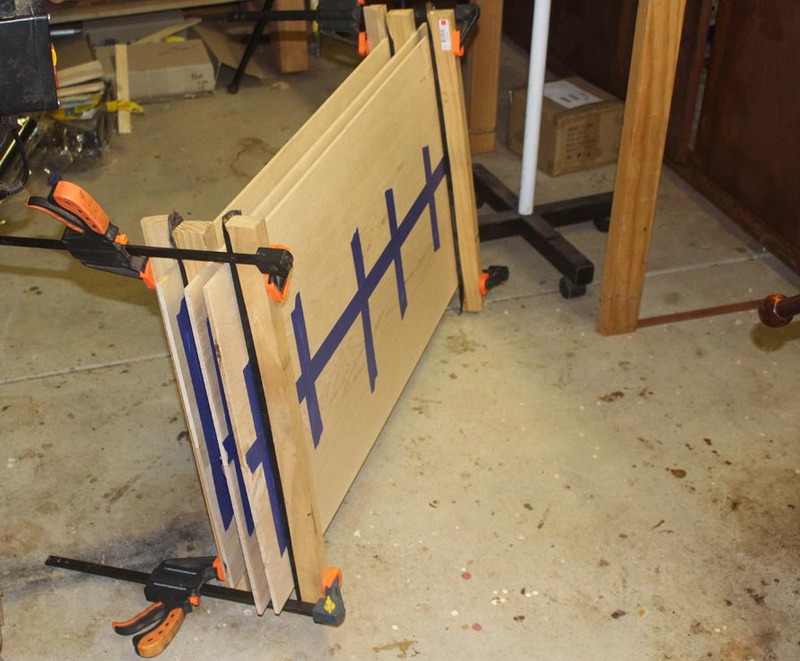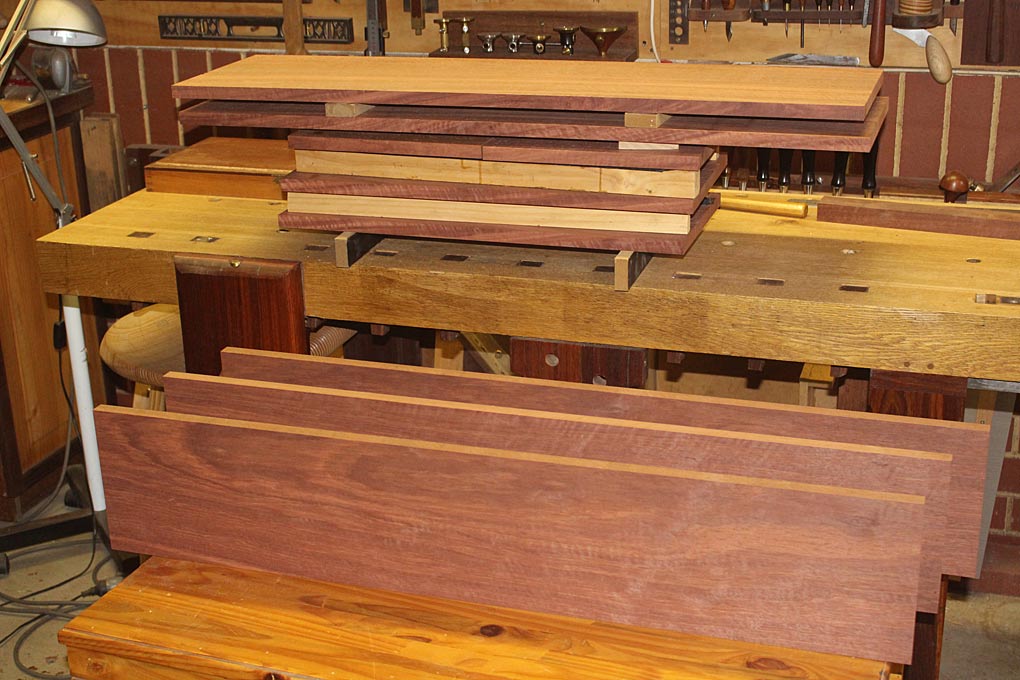I've done some resawing on my bandsaw in the past, but only on narrower stock (I haven't had the saw very long). I had some 5/4 cherry that was about 9 1/2 inches wide I'm breaking down for a small jewelry chest. I typically clean up one side with planes and then run it through a planer, which I did this time. It was dead flat on both sides. I then took it to the bandsaw. It cut well, but for some reason it immediately warped. Fortunately I cut it thick enough to clean up and still be usable. We'll see if it stays flat over the next couple days. I had two sections each about 13 inches and it did it on both. I could possibly understand if it did it over a few days, but it was pretty much immediately after.
So, did I do something wrong to make it warp? Maybe it needed more time to acclimate to my shop. I have a dehumidifier in the shop set at 50, so a constant humidity level.
thanks




 Reply With Quote
Reply With Quote


